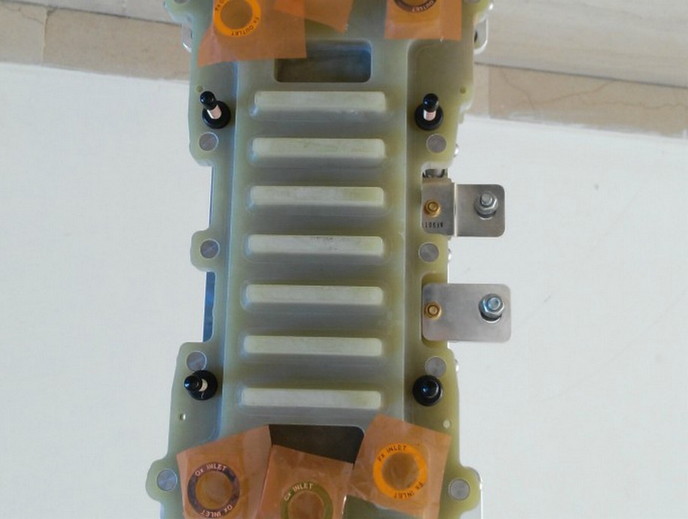Transportation and power generation sectors join forces to accelerate fuel cell development
Creating synergies between these two non-competing markets has benefits, both in terms of increasing production volume and ultimately reducing costs to make fuel cells competitive to incumbent technologies. The EU-funded AutoRE(opens in new window) project “paved the way to next-gen fuel cell systems for combined heat and power for commercial and industrial buildings,” says coordinator Greg Kelsall.
First fuel cell unit prototype at intermediate power range a reality
The AutoRE team built and tested a 50 kWe fuel cell combined heat and power prototype system. It includes a fuel cell container that comprises an automotive derivative proton-exchange membrane fuel cell, a hydrogen production container that contains natural gas reformer reactors and heat exchangers, together with a pressure swing absorption unit and tail gas/hydrogen buffer tanks. Validation demonstrated that the prototype wasn’t capable of running as a fully integrated system. As a result, the project turned its focus to exploiting several system components that are capable of reducing costs and increasing durability and efficiency. These are the natural gas reformer, the automotive derivative fuel cell and the membrane hydrogen separator. Testing of the prototype system nevertheless provided project partners with some key lessons learned. For future designs, it would be better to reduce the reformer operating pressure. This will allow for standard materials to be used while avoiding corrosion issues, then to pressurise the reformate at a stage in the process following the main reactor. In future systems, if a method for cleaning the reformate could be implemented that significantly reduces the pressure fluctuations and removes the need to store hydrogen and syngas, then the risk of explosion could be significantly reduced. This will simplify a site’s permit and regulatory compliance requirements. The risk of explosion would be reduced by removing the tanks themselves, and more importantly by significantly reducing the volume of gas stored in the system at any one time. By removing the loads associated with the pressure swing absorption and the safety shutoff valves on each inlet and outlet pipework would also decrease the parasitic loads on the system. These shutoff valves are required to prevent the tanks from emptying during a leak. For future designs, the partners also recommend that gas storage should be kept to an absolute minimum, and durable leak-tight fittings should be used wherever possible.
Modelling shows the way forward
Team members performed extensive modelling on the prototype to improve the system in the future. This was done for the baseline configuration and for future design improvements such as replacement of the pressure swing absorber with a selective membrane-based system. Based on the modelling, the target electrical efficiency of 47 % can be achieved. By reducing the loading on the fuel cell within the system, the electrical and thermal loading targets of 90 % and 43 %, respectively, can both be obtained. “By bringing together automotive and stationary fuel cell system developers for the first time in Europe, such a cooperation will further speed up fuel cell development,” concludes Kelsall. “It’s a win-win situation for automotive fuel cells.”







